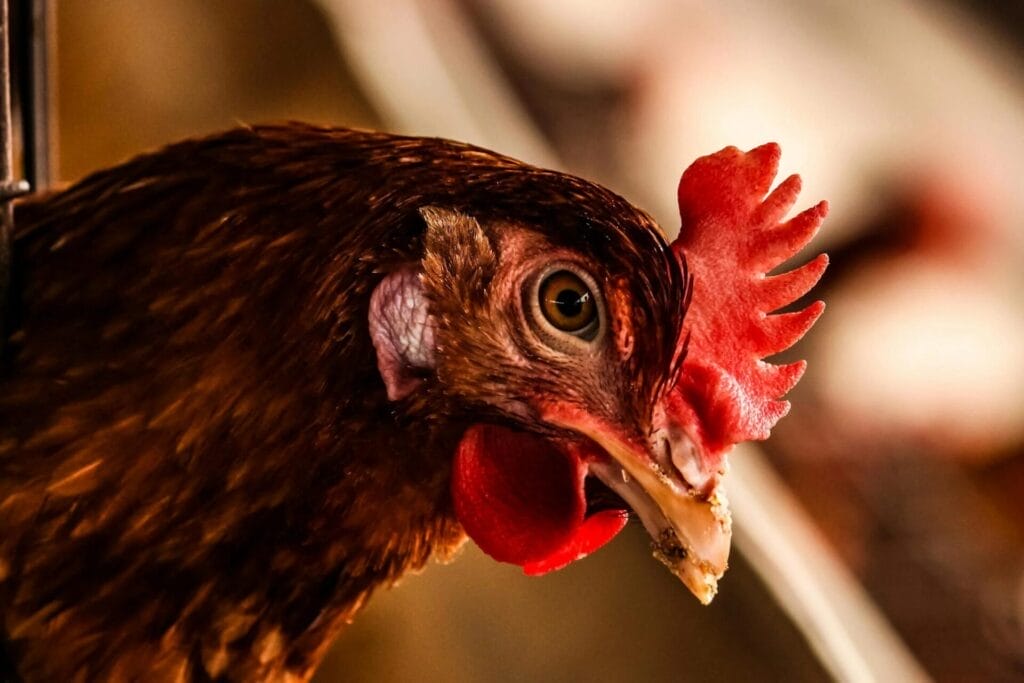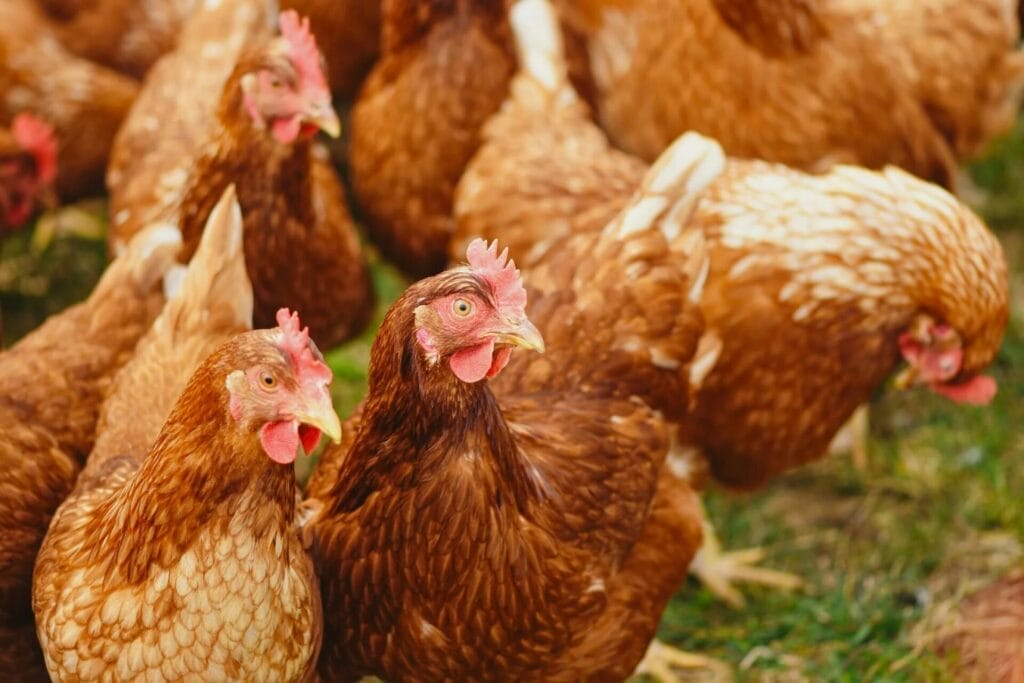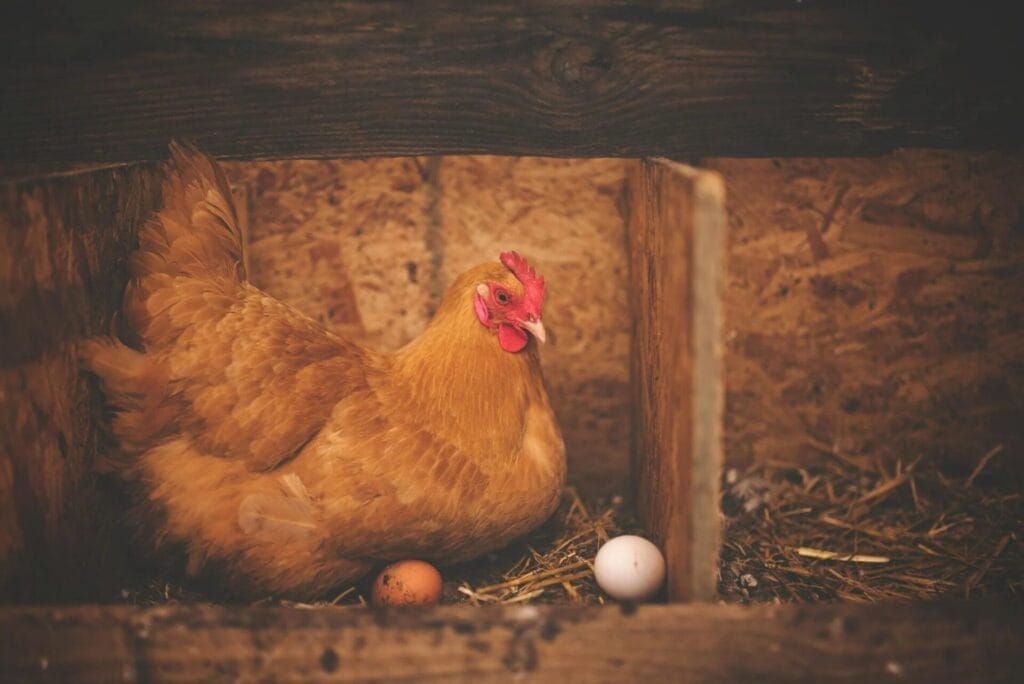The poultry industry, a cornerstone of agricultural production in India, faces a dynamic interplay of challenges and opportunities that shape its landscape. As a vital component of the country’s economy, poultry farming not only contributes significantly to food security but also provides employment to millions. This sector’s importance is amplified by a growing demand for poultry products, propelling it to the forefront of agricultural enterprises needing strategic oversight and innovation. Understanding the various facets that impact this industry is crucial for stakeholders at all levels, from local farmers to policymakers, in navigating its complexities and capitalizing on its potential for growth.

This article aims to provide an insightful analysis of the current state of the poultry industry in India, delving into the major challenges it faces, including operational hurdles and the impact of global factors. It also examines the role of government policies and regulations in shaping the industry’s trajectory. Furthermore, it explores the innovations and technological advances driving the industry forward, highlighting the opportunities for growth. Strategies for sustainable development are discussed, offering a blueprint for future success. By providing a comprehensive overview, this article serves as a valuable resource for understanding the intricacies of poultry farming and the avenues for enhancing its contribution to India’s agricultural landscape.
Current State of the Indian Poultry Industry
The Indian poultry industry is a rapidly growing sector, significantly contributing to the country’s food security, employment opportunities, and economic growth. As the world’s third-largest producer of poultry meat and eggs, India’s annual production surpasses 4.78 million tons of chicken and 129.6 billion eggs. This growth is supported by a total poultry feed production of 27M MT/year as of 2022, highlighting the industry’s well-organized structure and strong presence across urban and rural areas. The industry’s major players, often vertically integrated companies, manage the entire production process from feed to farm to fork, ensuring efficiency and quality control.
Key Trends Shaping the Industry

Several trends are currently shaping the Indian poultry industry. There is a growing consumer awareness of the nutritional benefits of poultry products, leading to an increase in demand for antibiotic-free and value-added products. The industry is also focusing on biosecurity measures and feed hygiene to combat challenges such as avian influenza, which can cause significant economic losses. Additionally, there is an emphasis on improving feed milling processes and the quality of feed to enhance productivity and sustainability. The adoption of sustainable practices and technological advancements, such as automated feeding systems and disease prevention technologies, are transforming the industry, improving efficiency, productivity, and animal welfare.
Government Support and Policies

The Indian government has played a crucial role in supporting the growth of the poultry industry through financial incentives, disease surveillance, and infrastructure development. Under the National Livestock Mission, subsidies are provided to individuals and organizations to establish poultry farms, contributing to the sector’s expansion. The Animal Husbandry Infrastructure Development Fund, with an allocation of INR 15,000 crores since 2022, offers financial and technological assistance for various poultry-related ventures. Additionally, the provision of Kisan Credit Card facilities to farmers associated with animal husbandry and dairy has helped meet working capital requirements, further supporting the industry’s growth.
Consumer Preferences and Market Growth
The demand for poultry products in India is driven by a combination of factors, including rising population, increasing disposable incomes, and changing dietary preferences. The shift towards protein-rich diets has led to a heightened demand for poultry meat and eggs, contributing to the growth of the market. The development of the organized poultry sector, including large-scale farms, hatcheries, and processing units, has led to improved productivity and product quality. Additionally, the rising popularity of rural backyard poultry systems has provided a supplementary source of income for rural households and contributed to the industry’s overall growth.
Challenges and Opportunities
Despite significant growth, the Indian poultry industry faces challenges such as the availability of feed ingredients, with the import of genetically modified soya not permitted. The prices of soybean and corn, major components of poultry feed, have increased at compound annual rates of 9.8 and 9.1 percent respectively, while poultry chicken prices have only increased by 4.5 percent. This disparity highlights the need for the industry to address feed availability and cost issues to sustain profitability and remain competitive.

The Indian poultry industry’s current state is characterized by rapid growth, supported by government policies, consumer demand, and technological advancements. While challenges such as feed availability and disease management persist, the industry continues to evolve, offering significant opportunities for further development and sustainability.
Major Challenges Faced by the Poultry Industry
The Indian poultry industry, while thriving, faces several formidable challenges that impact its growth and sustainability. These hurdles range from disease outbreaks to economic and logistical issues, each contributing to the complexity of operating within this sector. Understanding these challenges is crucial for stakeholders to devise effective strategies for mitigation and growth.
Outbreaks of Diseases
The health of poultry is paramount for the industry’s success, yet it is constantly under threat from various diseases. The H5N1 outbreak, for instance, has exposed critical vulnerabilities within the livestock sector, necessitating a comprehensive reassessment of animal welfare and biosecurity measures. Regular occurrences of Avian Influenza disrupt production, lead to the culling of birds, and create market panic, which in turn affects consumption. Another highly contagious viral disease, Newcastle Disease (ND), also poses a significant threat to poultry health and productivity. These diseases highlight the importance of stringent biosecurity measures to prevent their spread and safeguard the industry’s future.
Rising Feed Costs
Feed constitutes a major portion of the production costs in the poultry industry. Recently, there has been a notable increase in feed prices, primarily due to the higher costs of crucial ingredients like corn and soybean meal. This situation is exacerbated by the limited cold chain infrastructure, which leads to spoilage and wastage, especially during peak production periods, and a disorganized supply chain that raises transaction costs. The industry’s significant reliance on imports for feed ingredients further complicates the issue, making it vulnerable to global price fluctuations and import policies.
Transport and Logistics Issues
The transportation and logistics of poultry products present another set of challenges, particularly in the wake of the COVID-19 pandemic. The lockdowns imposed across the country, especially in urban areas categorized as “red zones” due to high COVID-19 case numbers, severely compromised the transportation of poultry products. This situation led to the forced culling and destruction of a majority of live broilers in the country. Additionally, the perishability of poultry products, coupled with inefficiencies and lack of investments in the supply chain, further aggravate these issues. Investments in research, automation, disease control, food safety, and adequate infrastructure such as warehouses and cold storage facilities are essential to overcome these logistical hurdles and ensure the timely and efficient delivery of products to the market.

The Indian poultry industry’s resilience is tested by these challenges, which affect its profitability and sustainability. Addressing these issues through innovative solutions, government support, and industry-wide cooperation is crucial for the sector’s continued growth and contribution to the country’s agricultural landscape.
Problems Contributing to Industry Instability
Price Volatility
The Indian poultry industry frequently grapples with the volatility of feed prices, particularly corn and soybean meal, which are crucial ingredients in poultry feed. These price fluctuations are often exacerbated by the industry’s heavy reliance on imports, making it vulnerable to global market shifts. Additionally, events like the Russia-Ukraine war have disrupted global trade and led to significant increases in the prices of grains such as maize, further complicating the financial landscape for poultry producers.
Inadequate Infrastructure
A major impediment to the stability of the poultry industry in India is the inadequate infrastructure, particularly in terms of cold chain facilities and transportation. Limited cold chain infrastructure leads to significant spoilage and wastage, especially during peak production periods. Furthermore, the disorganized supply chain, characterized by multiple intermediaries, not only raises transaction costs but also lowers profits for farmers. Poor transportation infrastructure further affects the timely delivery and freshness of poultry products.
Dependency on Live Bird Market
The traditional preference for live birds over processed poultry in India poses unique challenges. Less than 5% of eggs are processed, and about 90% of poultry meat is consumed in fresh form, often leading to high mortality and shrinkage rates during the transport of live birds. This preference encourages price volatility, as prices are heavily influenced by daily local supply and demand dynamics. Moreover, the regional concentration of poultry production exacerbates logistical challenges, as birds often need to be transported across states under suboptimal conditions, leading to increased costs and further instability in the market. Transitioning to processed chicken and improving meat and poultry processing standards could be pivotal in mitigating these issues.
Impact of Global Factors
Economic Impact of the Russia-Ukraine War
The conflict between Russia and Ukraine has had profound implications on global markets, including the poultry industry. Rising feed costs, particularly for soybean and maize, have been a direct consequence of the war, severely impacting the margins of India’s poultry sector. The cessation of imports from Ukraine has led to a sharp increase in prices, as India turns to other countries to fill the gap, further straining the industry. This situation is exacerbated by the growing export demands for Indian corn, leading to increased domestic prices and affecting the cost of corn feed. Financial forecasts predict a significant contraction in industry operating margins due to these elevated feed prices.
Global Supply Chain Disruptions
The COVID-19 pandemic has wreaked havoc on global supply chains, significantly affecting the poultry industry. The severe disruption of logistics activities, production, and markets has led to considerable operational challenges. These disruptions manifest in various detrimental ways including delays in delivery, loss of sales, disruption of operations, and price fluctuations. The interconnected nature of supply chains means that restrictions in one area can lead to widespread impacts across the entire network, compounding the difficulties faced by the poultry industry.
Conclusion
The Indian poultry industry faces significant challenges, including disease outbreaks, rising feed costs, transportation and logistics issues, and inadequate infrastructure. Price volatility, dependency on live bird markets, and the impact of global factors such as the Russia-Ukraine war and COVID-19 further exacerbate the industry’s instability. Addressing these challenges through enhanced biosecurity measures, better infrastructure, government support, and a shift towards processed poultry products is essential for ensuring the industry’s resilience, profitability, and sustainability. Collaborative efforts from stakeholders at all levels will be critical in driving the necessary changes for the continued growth and success of the poultry sector in India.










